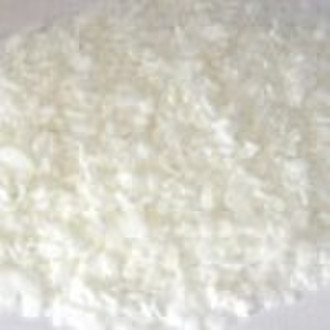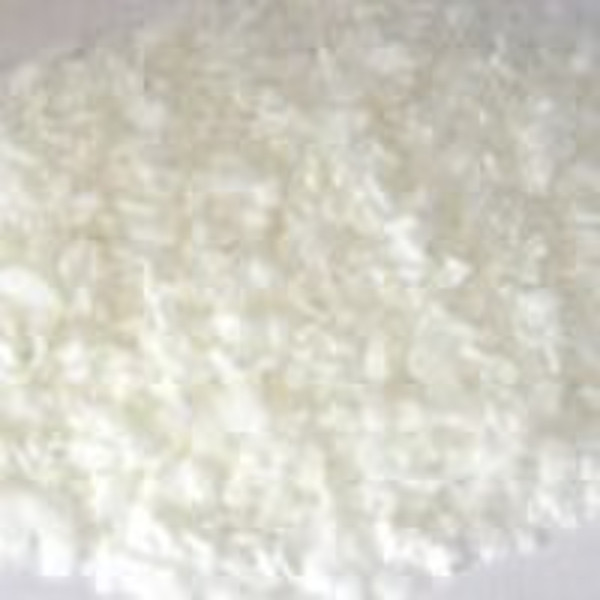Каталог
-
Каталог
- Автомобили и мотоциклы
- Безопасность и защита
- Бизнес
- Бытовая техника
- Бытовая электроника
- Детали машин и услуги по их изготовлению
- Дом и Сад
- Здоровье и медицина
- Игрушки и хобби
- Изделия из металла
- Измерительные и анализирующие приборы и инструменты
- Инструмент
- Красота и личная гигиена
- Мебель
- Мероприятия по охране окружающей среды
- Минералы и металлургия
- Модные аксессуары
- Обувь и аксессуары
- Одежда
- Освещение
- Подарки, сувениры
- Продовольственные товары и напитки
- Промышленное оборудование и техника
- Резина и пластмассы
- Сельское хозяйство
- Специальное оборудование
- Спорт, отдых и досуг
- Сток
- Строительство и недвижимость
- Текстиль и кожа
- Телекоммуникации
- Товары для офиса, учебы. Канцтовары
- Транспорт
- Упаковка и печать
- Химикаты
- Часы, Украшения, Очки
- Чемоданы, сумки
- Электронные компоненты, оборудование, принадлежности
- Электротехническое оборудование и принадлежности
- Энергия
Filters
Search

Стеариновая кислота свечи класса

Maria ma
Контактное лицо
Основные данные
| CAS никакой. | 57-11-4 |
|---|---|
| Другие названия | Octadecanoic acid |
| МФ | C18H36O2 |
| Регистрационный номер EINECS | 200-313-4 |
| Место происхождения | Zhejiang China (Mainland) |
| Класс | Industrial Grade |
| Степень чистоты | 90% min |
| Внешний вид | White with luster wax crystals form... |
| Бренд | kaifu |
| Номер Модели | 200 |
Stearic acid Candle grade Specification and COA: InspectionItemsStandardInspectionresultIodinevalue,g/100g10.0max.3.74AcidValue,mgKOH//g195min.204.6Saponvalue,mgKOH/g196min.207.6Color,lov5%30.0v3.5Rmax.4.0v0.1RTitre,°C52min.54.9Application: 1. Stearic acid is useful as an ingredient in making candles, plastics, dietary supplements, oil pastels and cosmetics, and for softening rubber. It is used to harden soaps, particularly those made with vegetable oil. 2. Stearic acid is also used as a parting compound when making plaster castings from a plaster piece mold or waste mold and when making the mold from a shellacked clay original. In this use, powdered stearic acid is dissolved in water and the solution is brushed onto the surface to be parted after casting. This reacts with the calcium in the plaster to form a thin layer of calcium stearate which functions as a release agent. 3. Esters of stearic acid with ethylene glycol, glycol stearate and glycol distearate, are used to produce a pearly effect in shampoos, soaps, and other cosmetic products. They are added to the product in molten form and allowed to crystallize under controlled conditions. 4. In fireworks, stearic acid is often used to coat metal powders such as aluminium and iron. This prevents oxidation, allowing compositions to be stored for a longer period of time.. 5. It is used along with simple sugar or corn syrup as a hardener in candies. 6. It is used with zinc as zinc stearate as fanning powder for cards to deliver smooth fanning motion. 7. Stearic acid is one of most commonly used lubricants during injection molding and pressing of ceramic powders. 8.Stearic acid serves as an epilame (or barrier film) treatment, applied to precision mechanical components to modify the surface properties to reduce the spreading (or creep) of subsequently-applied lubricant films.
Условия поставки и упаковка
Packaging Detail: PE liner and woven bag out side.net weight 25kg per bag 20-25MT in one 20'FCL container without pallet Delivery Detail: within 15 days
Порт: Tianjin/Shanghai/Ningbo
Условия оплаты
Аккредитив
Электронный перевод
Вестерн Юнион
-
Способы оплаты
Для оплаты товаров и услуг на нашем портале, Вы всегда получаете счет, в котором Вам необходимо самостоятельно указать свои данные.
Мы принимаем к оплате:








